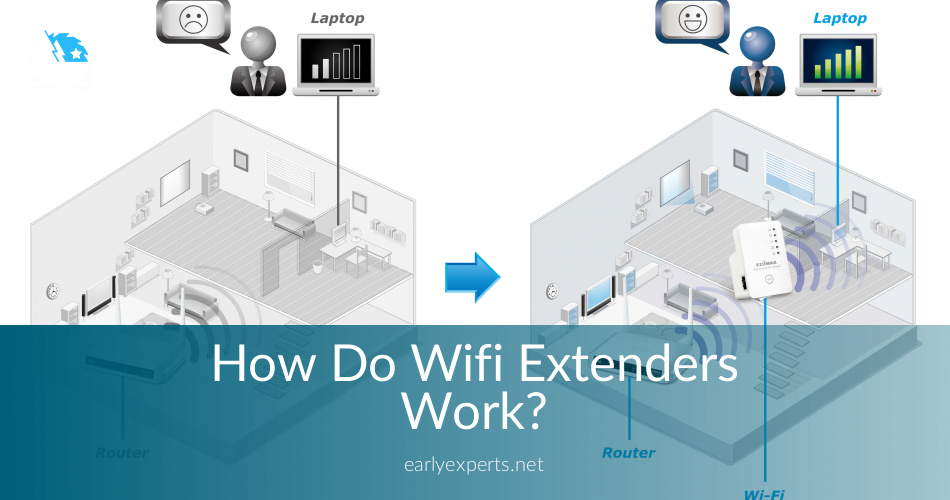


Things like smartphones, laptops, and tablets all have built in WiFi connectivity which makes it easier to connect. WiFi has seeped into everything that we do in modern society. There is a number of software that you can install in order to protect your WiFi just as you would protect your computer against viruses. People can easily hack into your WiFi router and leech off your bandwidth. This poses a few security threats, especially for you as the WiFi provider. With the technology of today, you are able to connect almost anywhere.

11n – this standard is the most advanced and can transfer 104 megabits per second over a frequency level of 5GHz.This standard is faster because it makes use of OFDM coding which breaks the data up in smaller units like with 802.11a. 11g – this standard will transmit a maximum of 54 megabits per second over a frequency of 2.4GHz.You can transmit a maximum of 11 megabits per second. 11b – this standard will transmit data over a frequency of 2.4GHz which is relatively slow.You can transmit a maximum of 54 megabits per second.

This means that data will be sent through smaller packages across the network.


 0 kommentar(er)
0 kommentar(er)
